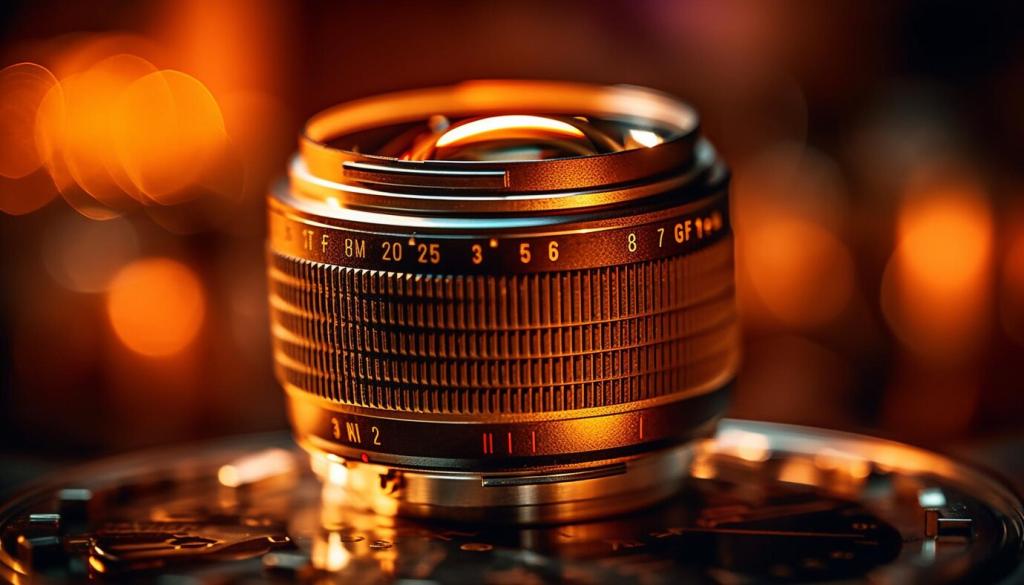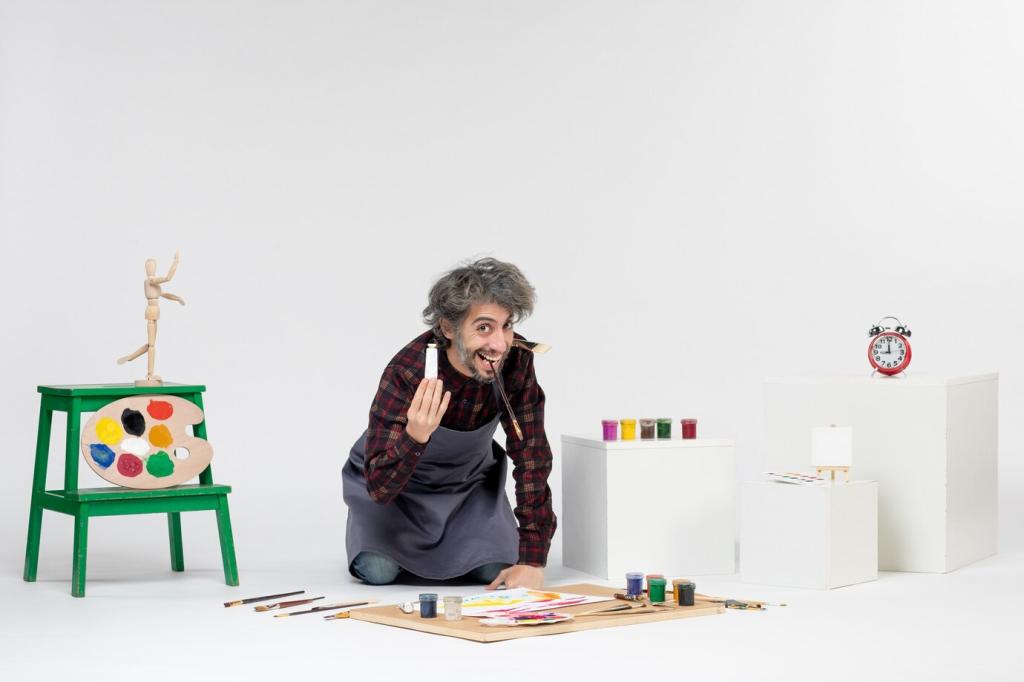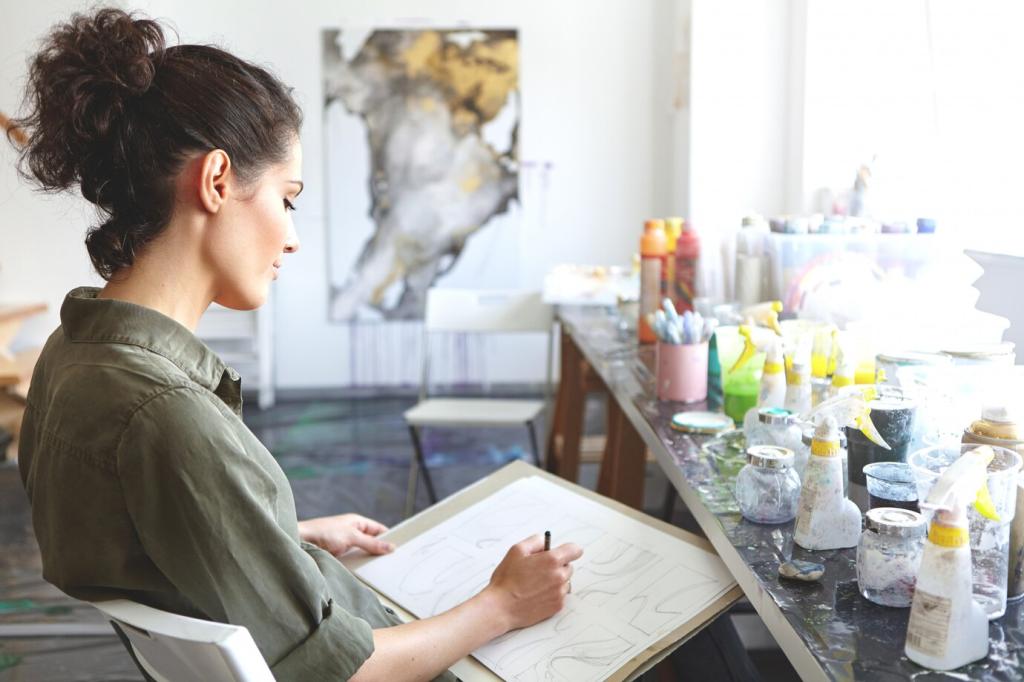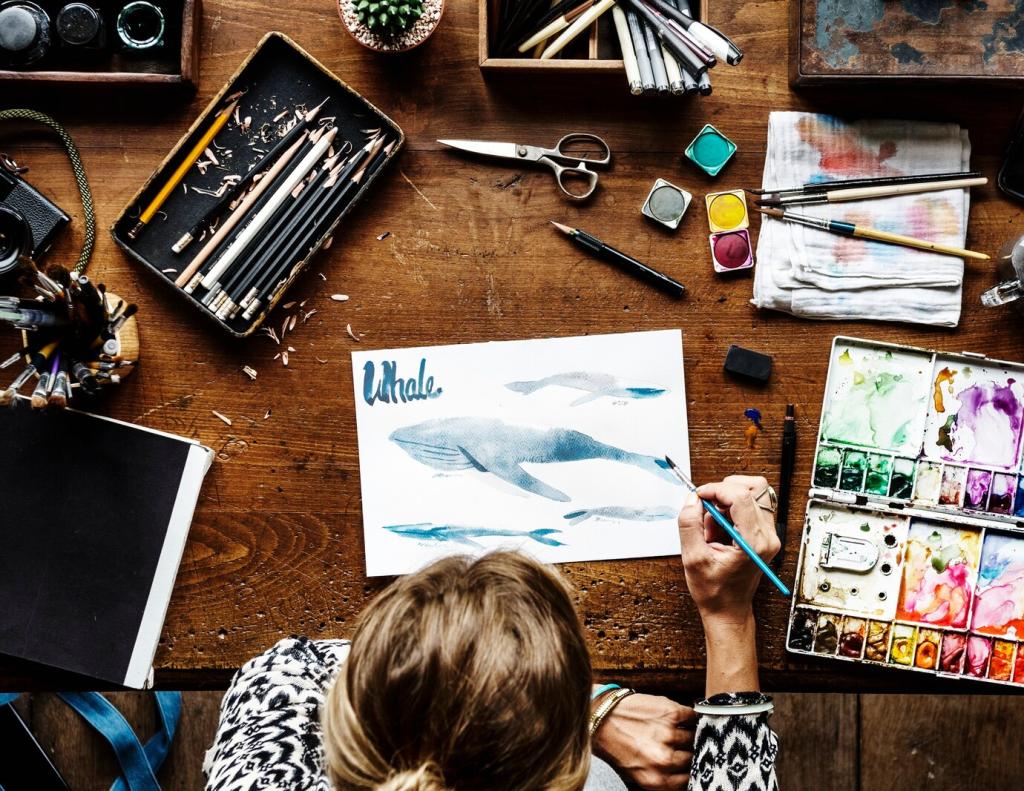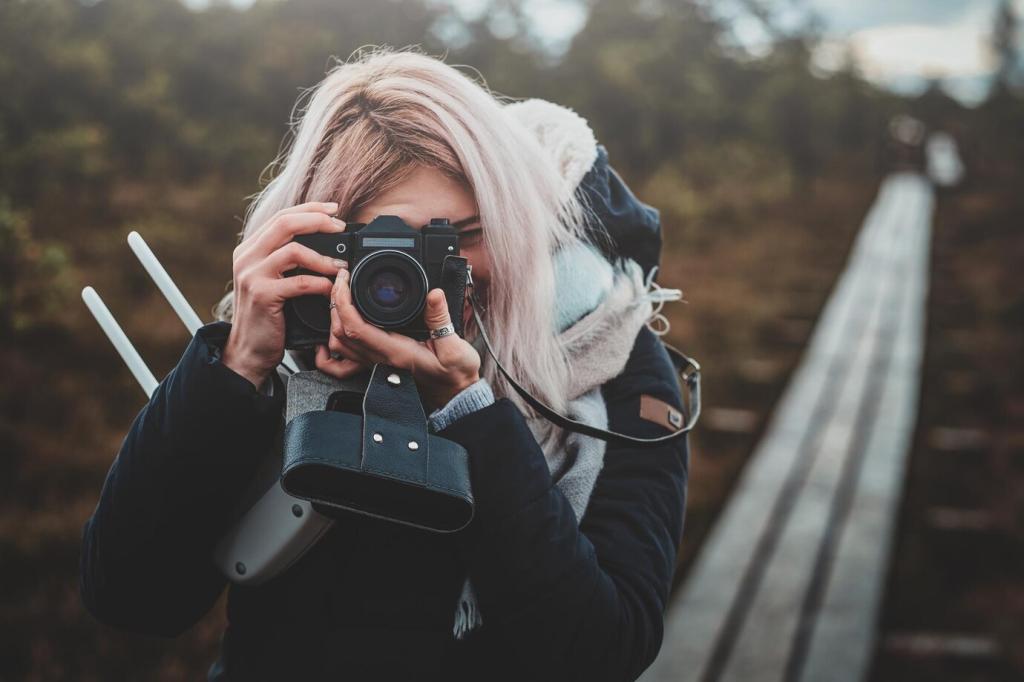Light as Clay: Exposure Blends and Time Sculpting
Use six to ten stops of neutral density to stretch shutter speeds, calming water, softening clouds, and turning grass into painterly strokes. Anchor the frame with a steady subject so motion sings against stillness. Post your favorite long-exposure scene, and describe how the extended time changed the mood you intended.
Light as Clay: Exposure Blends and Time Sculpting
Capture sequences from blue hour into sunrise, then blend transitions using luminosity masks for natural gradients. Watch histograms, expose to protect highlights, and keep the tripod locked. This technique preserves delicate dawn color shifts. Try it this week and share whether you preferred subtle transitions or a more dramatic, cinematic progression.

